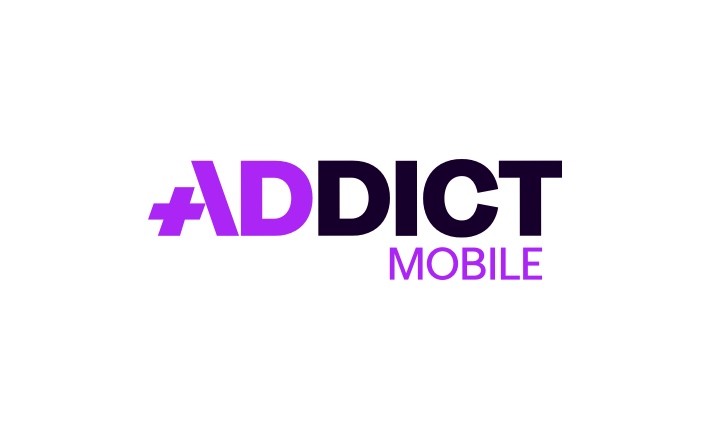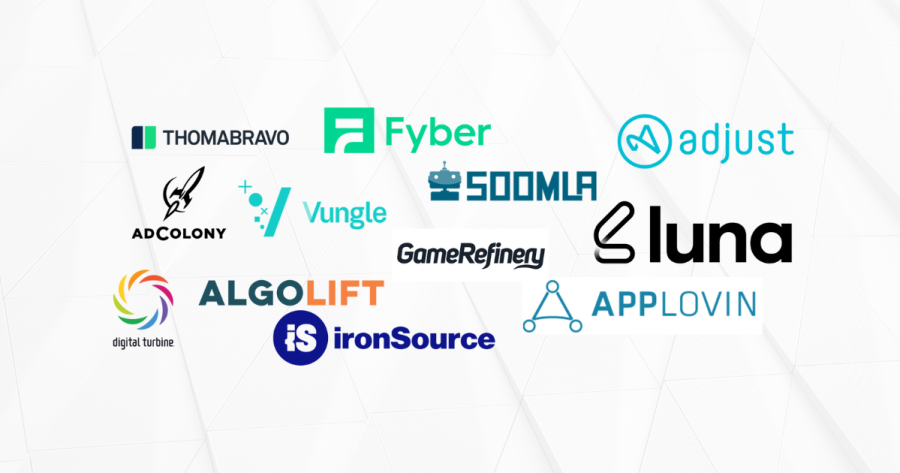How to fight fraud and save up to 30% on your mobile advertising invoice?

Recent studies have found that mobile marketing fraud represents between 20% and 30% of the global mobile inventory, whose cost could amount up to $1 billion to advertisers this year. The mobile economy is still young and uncontrolled, leaving space for more dishonest individuals to find ways to cheat the system and make money though fraudulent means. There are two main tactics used to commit fraud: offering fake traffic carried by bots or install farms, or offering low quality traffic at a premium rate.
How can you detect fraud and reduce your mobile advertising invoice?
- The different types of mobile marketing fraud
- Fake traffic
 Fake traffic comes from an application, which sends false data on impressions, clicks or installations to the ad SDK. The app developer integrates an extra code line or uses bot farms that automate large volumes of clicks & installs. This kind of fraud can be organized by one publisher (one sub source) among an ad network inventory, one affiliate among an affiliate networks, or the affiliate network itself.
Fake traffic comes from an application, which sends false data on impressions, clicks or installations to the ad SDK. The app developer integrates an extra code line or uses bot farms that automate large volumes of clicks & installs. This kind of fraud can be organized by one publisher (one sub source) among an ad network inventory, one affiliate among an affiliate networks, or the affiliate network itself.
Most of the time, fake traffic is created by software, however there are human farms with low-wage workers manually operating clicks and installs.
Low Quality TrafficThe other common mobile marketing fraud practice is selling low quality traffic at a premium price. For example, blending incentivized traffic with non-incentivized traffic. You think you’re paying for high quality traffic, but you get low quality traffic. As another example, you intend at buying traffic from “Tier 1” country (USA, EU5, Japan etc.) but you actually get traffic from Vietnam or Philippines. These kinds of mobile marketing fraud are more difficult to notice, especially when they are mixed into high quality traffic, but they are widely used. They consist in hiding real IP addresses thanks to VPN (Virtual private networks).
Fraud can amount up to 30% of your mobile advertising invoice! It is more common with affiliate networks rather than established global advertising networks, however one thing is sure: even the most qualitative acquisition source is not immune from having a fraudulent application in its inventory. Very little is done to fight fraud. Ad networks, agencies and advertisers are not technically equipped for fraud detection. In the end, after each intermediate has carved out their slice of the pie, beware that the advertiser is the one who pays the bill.
- How to identify and avoid paying for fraudulent traffic?
Data collected through your tracking tool (Adjust, Appsflyer, Tune, Kochava) makes it possible to identify suspicious traffic. For example, if you detect one of the following inconsistencies for a significant number of installations (200+), it usually reflects fraud:
- Same name for several installs (the application has been installed by Claire’s iPhone a dozen times, Antoine’s iPhone ten times, etc.).
- Same device and same operating system (the application has been installed a dozen times with an iPhone 6 iOS 8.2 within a short period of time).
- No in-app action (average time spent in the app is 0.6 sec, zero user went through the first step of tutorial, zero purchase etc.).
- Significant low click / install / activity rates for one acquisition source or sub-source compared to the other sources.
- A significant rate of installs (above 20%) at night. This often means installs were made in different time zone than the one you want: Asian vs. American time zones.
- A difference between the country and the language (downloads took place in Italy, but the language setting is English US).
All these data show fraudulent user acquisition methods.
In case of fraud suspicion, it is necessary to reveal the inconsistencies to the partner (affiliate network or ad network) and quickly cut the acquisition sources or sub-sources that seem suspicious while refusing to pay for fraudulent traffic.
Today mobile user acquisition fraud is a global scale phenomenon that has a significant impact on profitability of your campaigns. Identifying fraud requires sophisticated algorithms, to analyse large-scale data and detect suspicious behaviour. There are a few emerging fraud detection technologies on the market (Mobupps, AdTheorent). At Addict Mobile we have developed efficient fraud detection algorithms right from the start of the company, because we believe our clients should not pay for fraud. For instance, our algorithm has saved up to 30% of Prisma Press’ invoice in April of 2015.
http://fortune.com/2015/07/23/mobile-ad-fraud/ http://www.marketingdive.com/news/app-fraud-weighs-on-mobile-marketers/402357/ACTUALITÉS
Article en relation

Cityscoot rolls out its app across Europe and…
Cityscoot is the number one service for self service electric scooters. Launched in 2016 in Paris, the brand has rapidly expanded to...
Publié le 7 April 2021
The mobile app ecosystem is consolidating!
The latest major changes in the mobile app ecosystem (privacy, Apple’s ATT Framework, maturity of advertisers.) are forcing players in the mobile ecosystem...
Publié le 1 April 2021
Addict Mobile was awarded during the event Les…
During the event Les Mobiles D’Or, we have been given the award for Mobile Acquisition. It rewards the success of the partnership between...
Publié le 29 März 2021